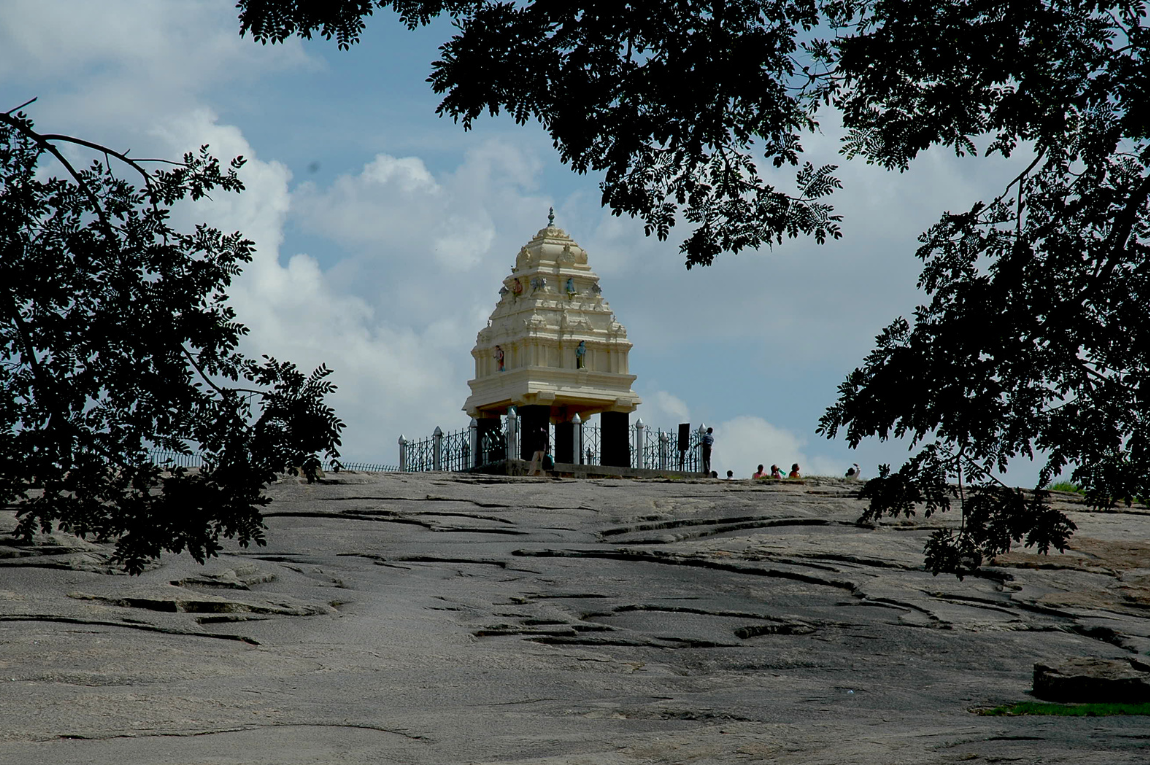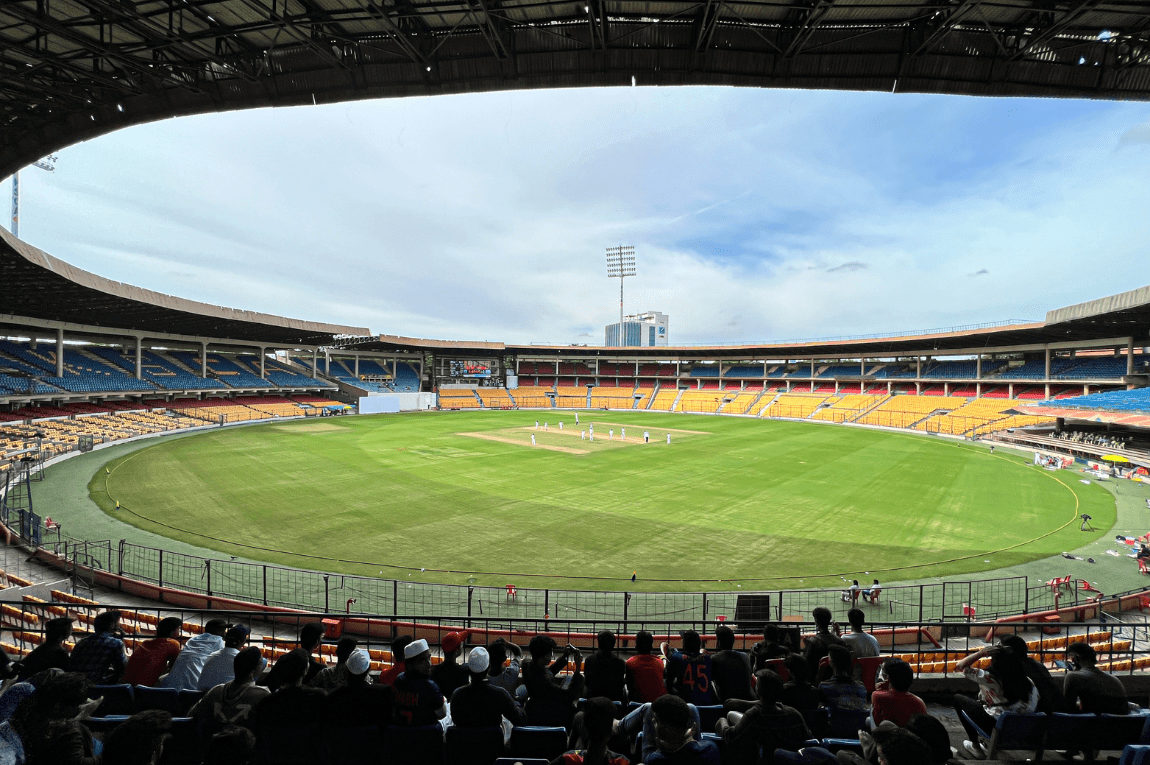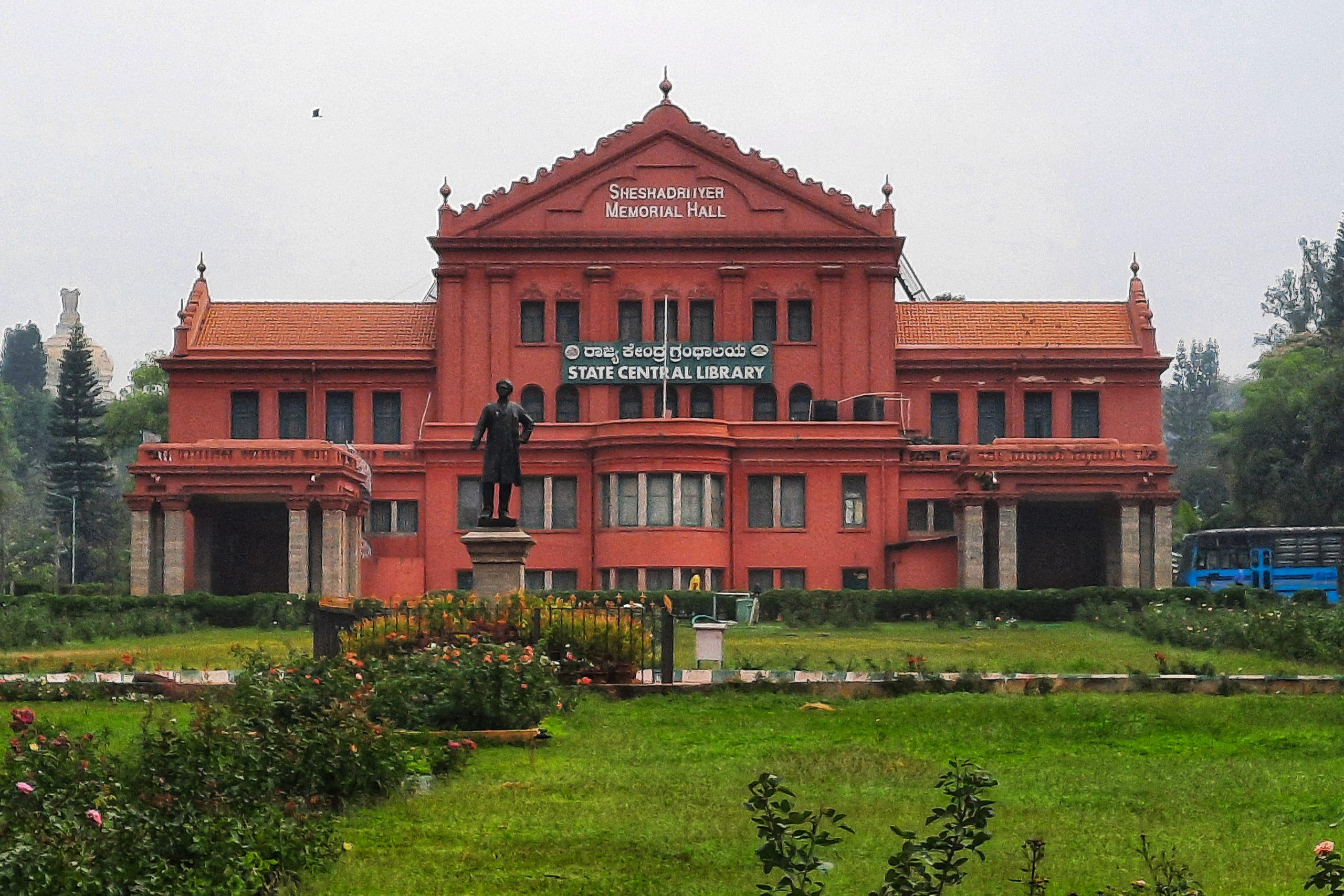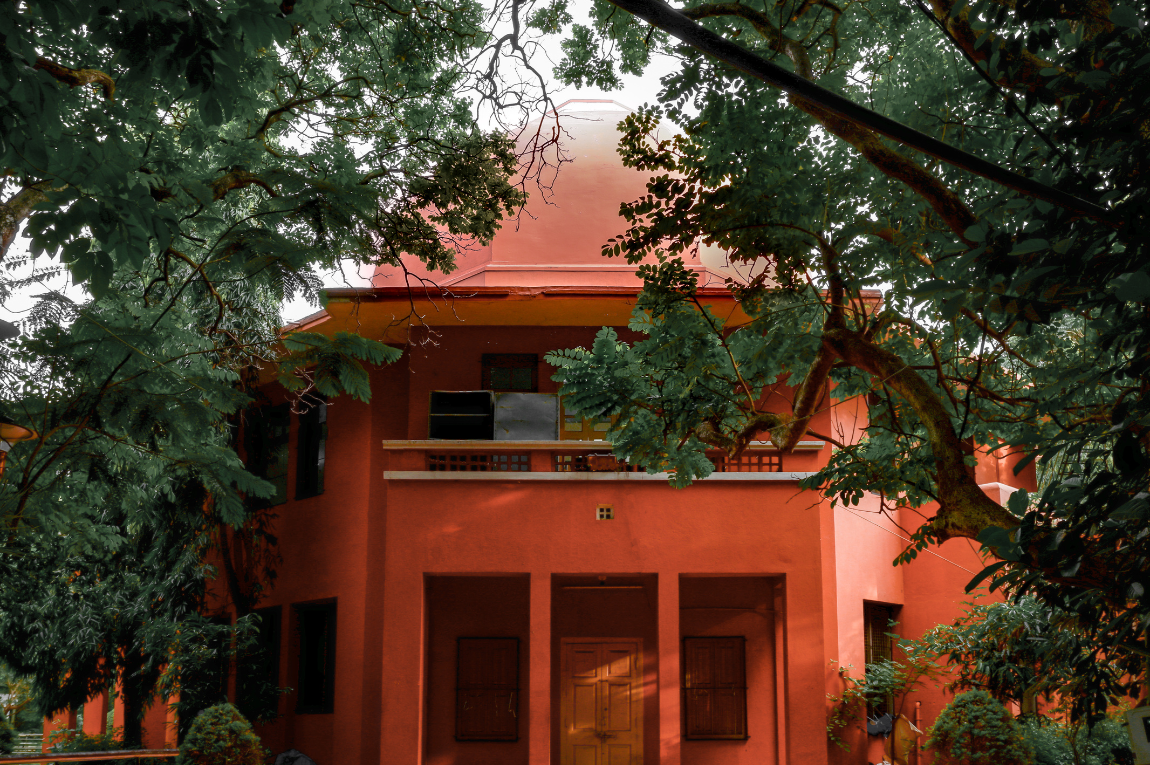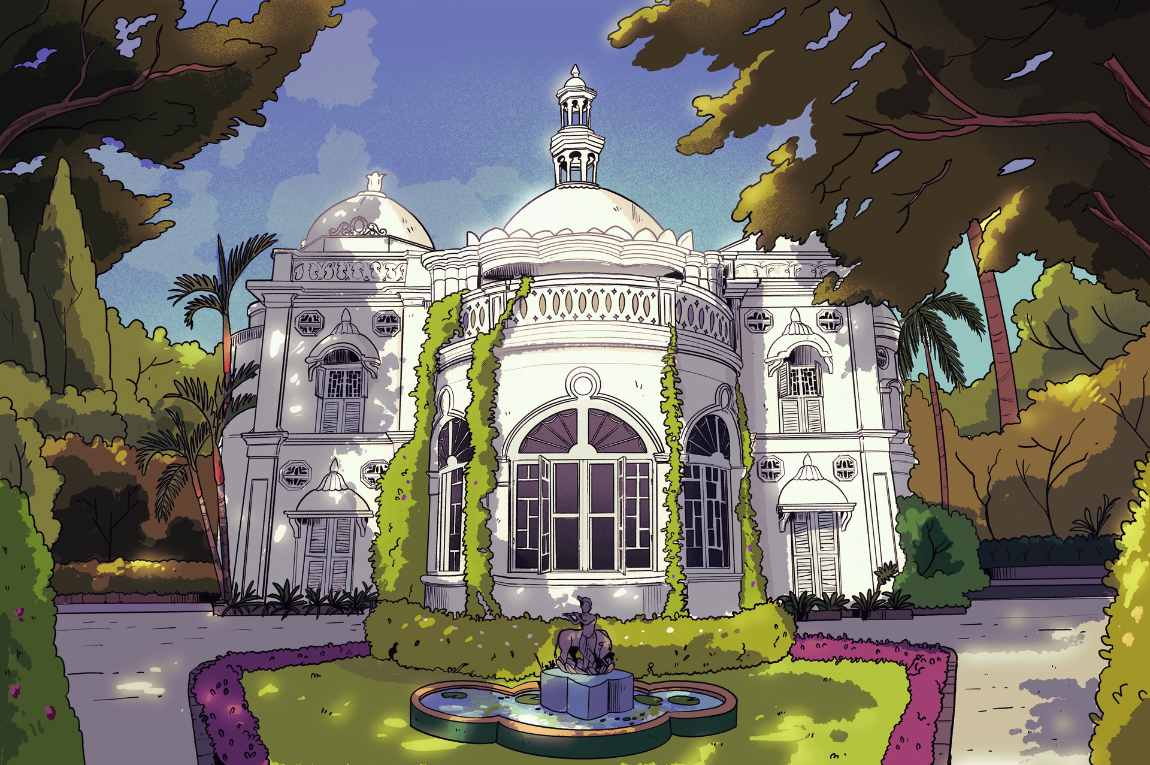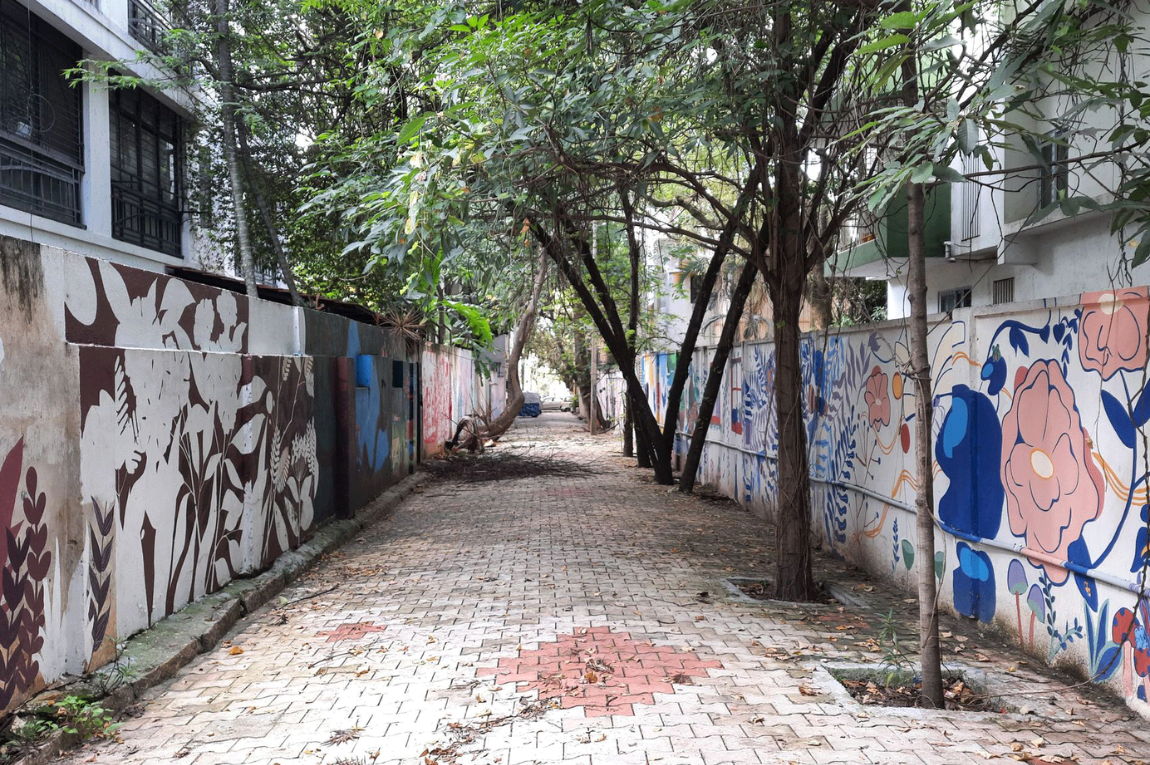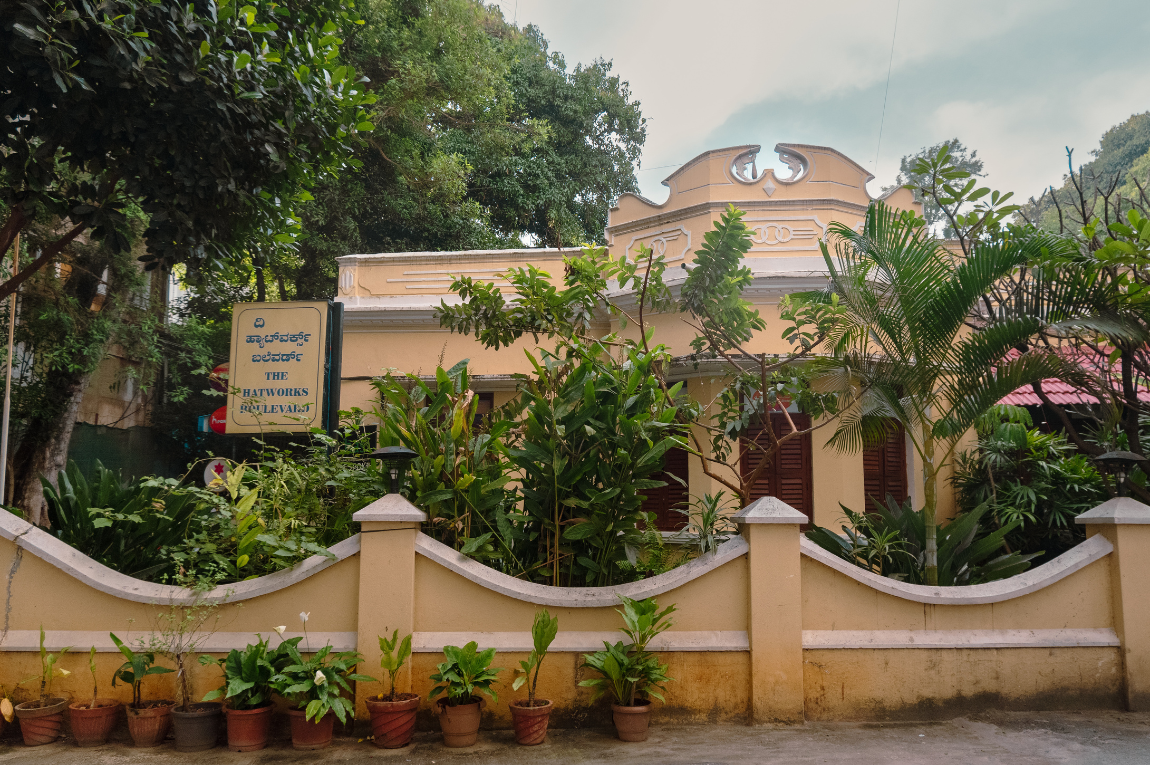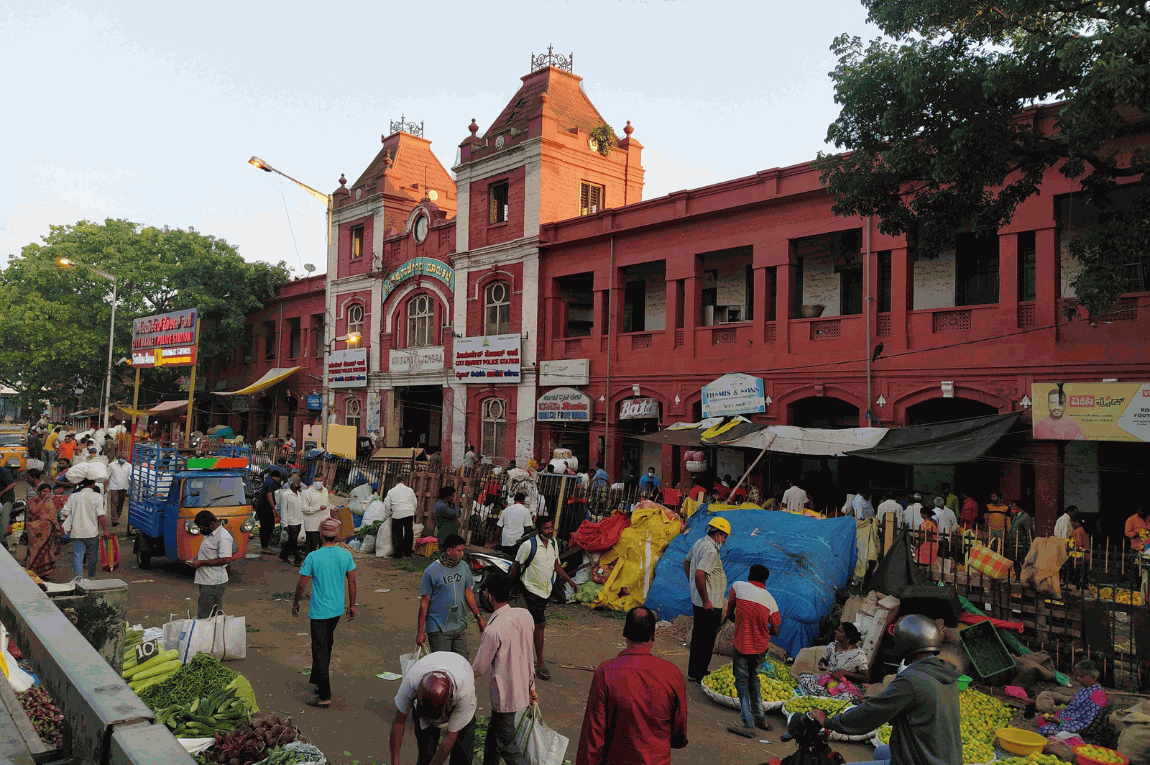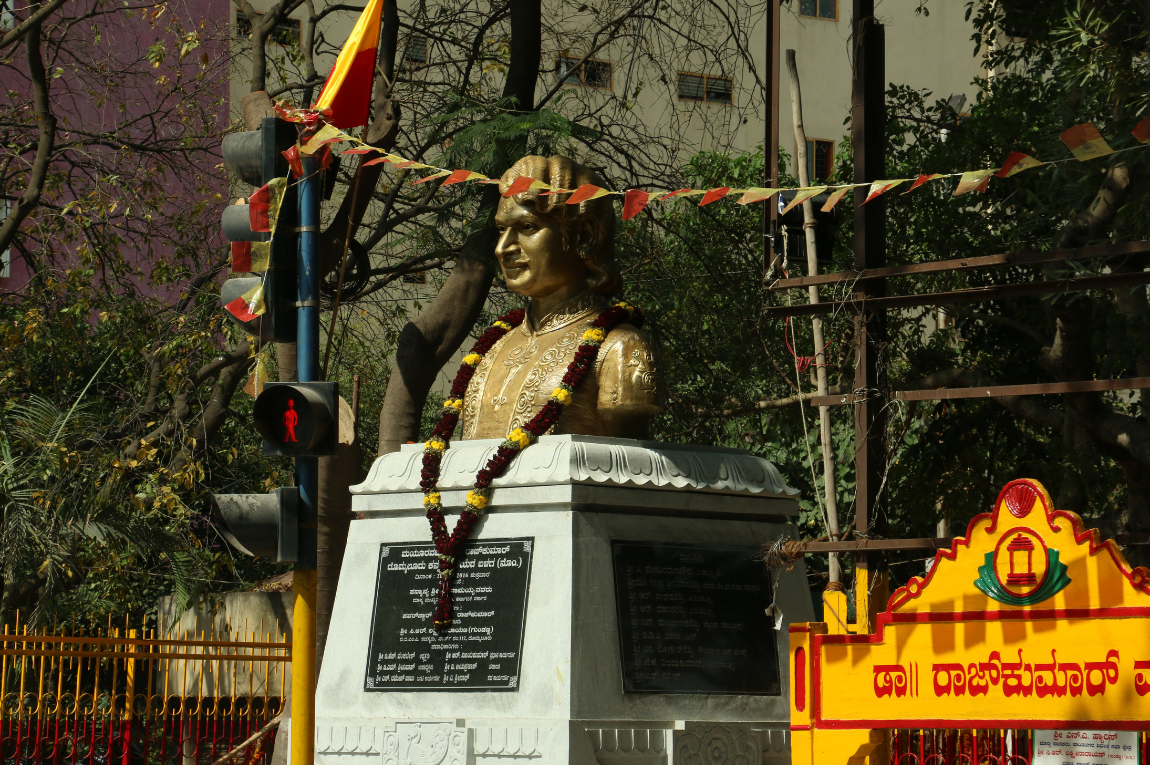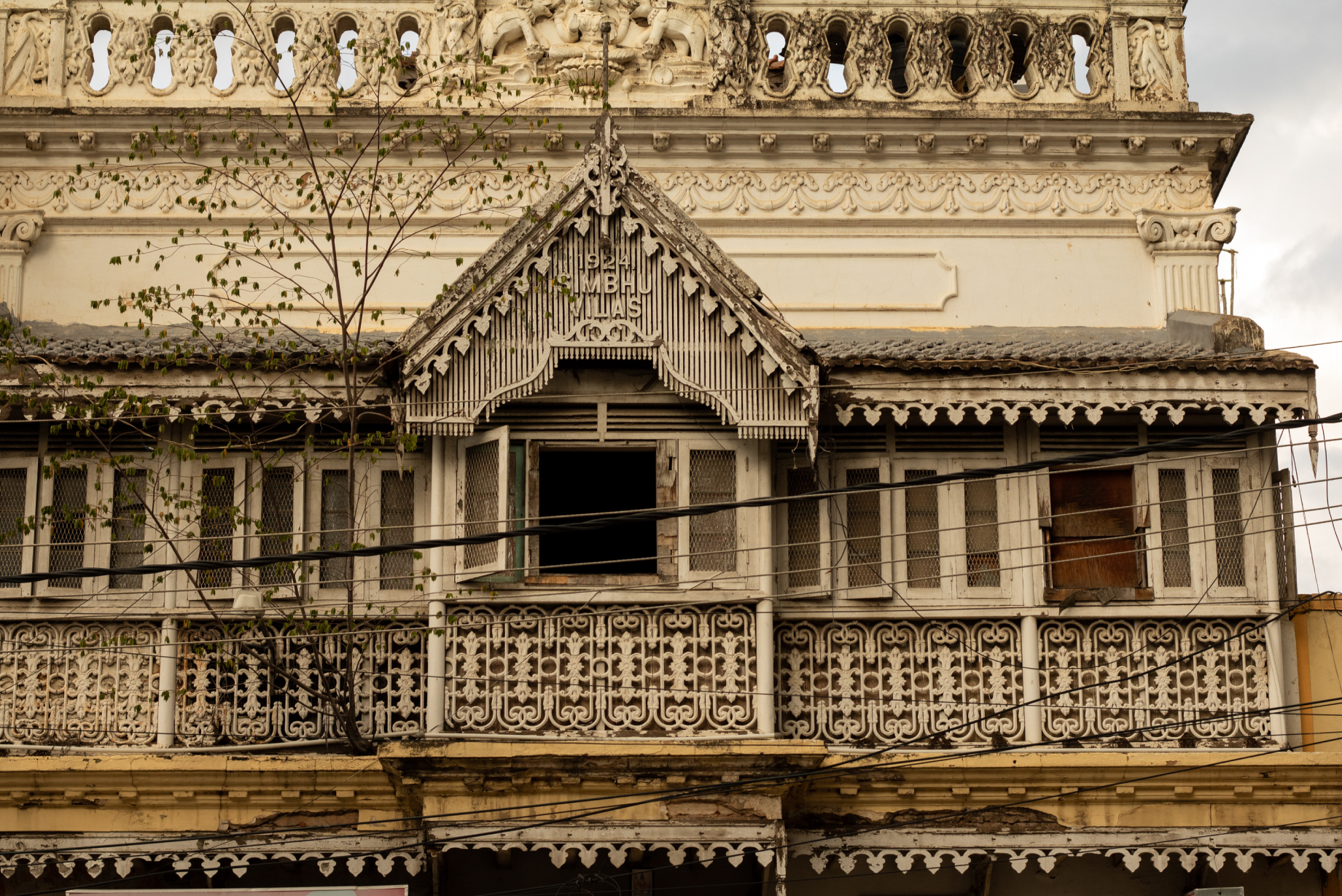Growing up in Bengaluru (then Bangalore) in the 1980s, weekends equated with family outings. One of the destinations we frequented was Lalbagh, the much-loved 240-acre garden in the heart of the city. I was fascinated by the tall trees, the paths flanked by flowering bushes, the Lalbagh Lake and wide tracts of grass where one could run around and play freely. On cooler days, clambering up the sprawling Lalbagh Rock was a competitive sport for us children — the first to touch the small four-pillared structure at the apex was considered the winner. Only much later did I discover that the rock was Peninsular Gneiss, a term that describes a mixture of granite rocks developed extensively across the Indian peninsula. It is among the oldest found on the planet, and was declared as a National Geological Monument by the Geological Survey of India in 1975. The structure, meanwhile, was one of Kempegowda’s towers, widely believed to be built by the city’s founder as part of a set of four meant to demarcate the boundaries of the city in the four cardinal directions.
Lalbagh is located towards the southern part of Bengaluru, and similar towers stand tall near Halasuru Lake (east), Mehkri Circle (north) and in Gavipuram (southwest). They are bare, modest structures: four stone pillars on a square platform topped by a pyramidical lime mortar gopura featuring sculpted deities, mythological creatures, historical characters and animal and floral motifs. At least two of them have plaques in English, which state they are one of the four towers — each about four metres tall — built by Kempegowda, marking “the limits to which it was predicted that the town of Bangalore would extend.”
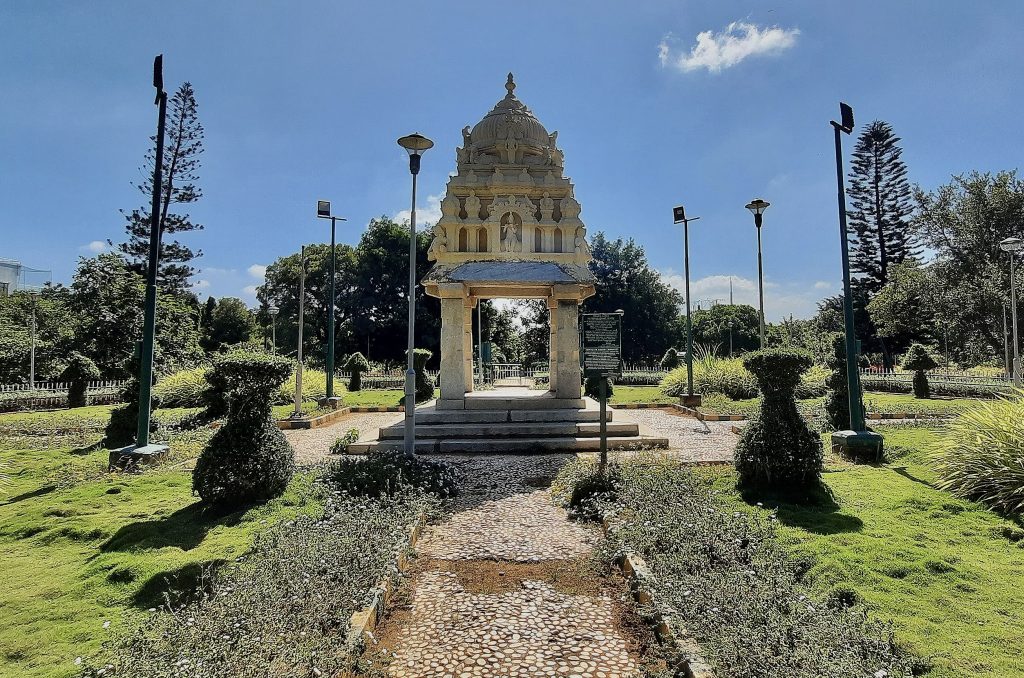
But the background is complicated. While it is assumed that the founder of Bangalore and the builder of these towers is the same person, they were actually two different people. It doesn’t help that both had the same name, and so have accidentally coalesced into one.
In 1537 CE, Kempegowda I, a Yelahanka chieftain (in north Bengaluru) and a feudatory of the Vijayanagara Empire, laid the foundation for Bengaluru, built a fort and ruled over the area till 1569. He was succeeded by his younger son Immadi Kempegowda, or Kempegowda II (some accounts also suggest it could be Kempegowda’s grandson), who reigned till 1638. It is Kempegowda II who built the four towers, though there are no clear markers of exactly when they were built. Interestingly, the towers have two common factors: they are all close to large water bodies, and are located at vantage points, overlooking main thoroughfares.
However, historians and heritage experts dispute the number of towers and the purpose they served, with the overwhelming consensus being that they are watchtowers and not boundary markers. Close to the Gavipuram tower, on Harihara Gudda near Gavi Gangadhareshwara Temple, are two similar towers, albeit slightly dilapidated. But these are also located at vantage points. All of them have little nooks in the pillars, supposedly to hold oil lamps. “The placement of these and the other so-called Kempegowda towers suggest that they were built as lookout points,” says Meera Iyer, author and convenor of the Bengaluru Chapter of the Indian National Trust for Art and Cultural Heritage, in her book Discovering Bengaluru (2019). Through the book, she also indicates there may well have been more than four such watchtowers.
Nevertheless, of the four, the one in Lalbagh is possibly the most popular — even on hot summer afternoons, there are people taking selfies in front of it — and is personally nostalgic. The Gavipuram tower is inside a park, surrounded by greenery and walking paths. The one near Mehkri Circle, located inside the Ramana Maharshi Park, is possibly the most deserted but also has the most well-preserved gopura with sculptures intact, and is my favourite. The one near Ulsoor Lake is off-limits to the public as it is located on defence land.
Bengaluru may have far outgrown the boundaries enclosed by these towers — now protected by the Archaeological Survey of India (ASI) — since Kempegowda II built them some 450 years ago. However, the local civic body, Bruhat Bengaluru Mahanagara Palike (BBMP), has adopted it as its logo and even built a replica of the tower at Hudson Circle near its head office. More importantly, the story continues to live on as a permanent narrative of Bengaluru lore.
Our selection of stays across India, best visited for their design and style. Check in
Anita Rao Kashi is an independent journalist based in Bangalore. She loves her city to bits, but is always looking for an excuse to travel. She is on Instagram at @anitaraokashi.
